In 1933, Adolf Hitler seizes power in Germany, where he has seduced the population with golden promises of a restoration of the Great German Empire. He allies himself with Mussolini's fascist Italy, Stalin's communist Soviet Union and the military dictatorship in Japan, which has the same dreams of grandeur as Germany. In this series, you get a thorough review of World War II - from the birth of fascism through the war's many dramas to the aftermath, where the victors deal with the war's worst criminals.
Death on tracks
MECHANISED WARFARE • The first tanks didn’t move much faster than the average jogger, but despite that they helped usher in an era of mobile warfare. After early trials in World War I, tanks and the tactics that accompanied developed rapidly right across Europe.
Headstrong General wins blitzkrieg • Heinz Guderian was a driving force in the development of German panzer (armoured) forces. His refusal to follow orders led Germany to victory in France in 1940. Niklas Zetterling exposes a stubborn commander, almost unique in war history.
STALIN’S STEEL MONSTERS • When the Germans shot at the KV tanks during Operation Barbarossa, their shells bounced off its thick armoured hull. Yet the Soviet Union’s 45-tonne tanks could easily take out a Panzer IV from over a kilometre away.
HITLER'S TANK HUNTERS • When World War II broke out, the German army deployed a particularly specialised unit – the Panzerjäger, a tough anti-tank force. They had one of the most dangerous tasks on the battlefield: to combat the enemy's armoured and heavily armed tanks.
TOO DEAR FOR GERMANY • During Operation Barbarossa, the German armoured forces were outclassed by the Red Army’s superior T-34 tanks. In response, the Nazis developed the formidable Panzer V Panther. But with its premium price tag and endless teething problems, only 6,000 copies were made.
TANKS IN BATTLE How combat tactics worked • During World War II, tank technology and tactics saw radical development. Indeed, the same basic principles that were established then still apply to the battlefield today. How did the fighting take place? Harald Sonesson guides us through battalion, platoon and company level.
SHOCKING TURNAROUND • Just as the Germans seemed on the point of victory at Kursk, the Red Army rallied spectacularly. General Zhukov’s skilful exploitation of the situation won the battle and kick-started a trail of successful Soviet offensives that the Red Army rode all the way to Berlin.
DESPERATE OFFENSIVE • At the end of 1944, Hitler tried to reverse his war fortunes with a full-out offensive on the Western Front. A dozen armoured divisions would advance through the Ardennes towards Antwerp resulting in a huge Allied defeat and give the Germans time to stop the Red Army and introduce their new superweapons.
THE WORLD’S TANK • Dubbed a Kalashnikov on caterpillar tracks, the T-54/55 had a robust design, was easy to learn and maintain, and was above all the world’s most widely used tank of its kind. Even today, copies of these tanks continue to roll on to the battlefields in places like Syria and Afghanistan.
Bringing History to Life

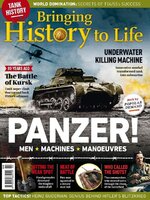 Panzer!
Panzer!
 Unsolved Mysteries of WWII
Unsolved Mysteries of WWII
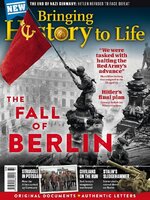 Fall of Berlin
Fall of Berlin
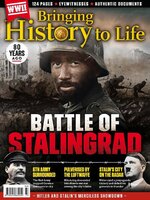 Battle of Stalingrad
Battle of Stalingrad
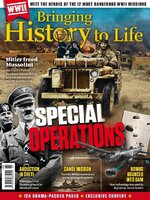 Special Forces - Equipment! Tactics! Missions!
Special Forces - Equipment! Tactics! Missions!
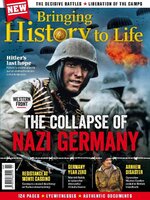 The Collapse of Nazi Germany / Western Front
The Collapse of Nazi Germany / Western Front
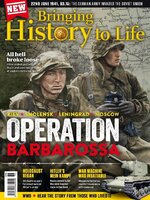 Operation Barbarossa
Operation Barbarossa
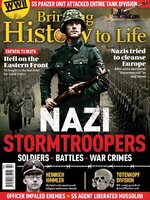 Nazi Stormtroopers
Nazi Stormtroopers
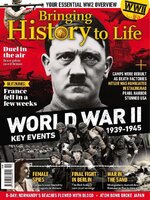 World War II - Key events 1939-1945
World War II - Key events 1939-1945
